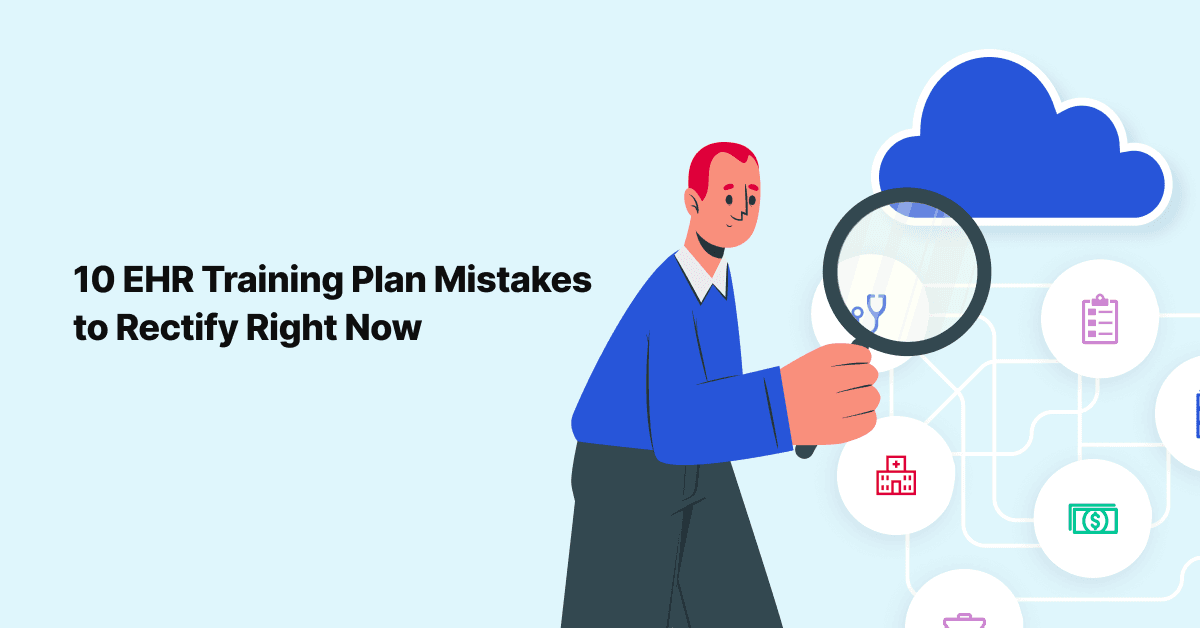
10 EHR Training Plan Mistakes You Need to Rectify Right Now
If your EHR training plan has stood the test of time, it's time for a check-up.
Let's scrutinize its …

For starters, it’s important to grasp exactly what happens during an EHR Go-live. If executed well, training and socialization to the idea and purpose of Epic’s arrival happen well before launch day. Typically, most hospitals will choose a well-publicized day to begin the roll-out period, knowing that it takes more than a day to gain real traction and for clinical end users to feel comfortable enough to operate independently on their new tool and with the same efficiency as before the change.
Classic At-the-elbow (ATE) support for Epic implementations consists of highly skilled trainers or account managers who circulate the floors and departments to answer questions, collect feedback, and quickly resolve major hurdles unanticipated during project planning. A command center is established to centralize support — administrative, technical, and others — to address issues and complaints so that progress can continue and lessons can be quickly learned.
During this critical time of Go-live, it’s wise for health systems to work with their support team (whether internal or hired for the project) to determine what metrics will reflect success and progress during the implementation of Epic. For example, is picking up the pace as reflected by more patient records closed by end-of-day a valuable trend to track? Or perhaps, in the case of a cutover, is the percentage of users fully utilizing the new instance a metric to drive forward? An organization must work with their implementation team to think about early on what the goals are and how they can measure them during Go-live. Without this data, it can be easy to think that things are going better (or worse) than anticipated, which doesn’t often translate to long-term success. It’s far too haphazard to hope for the best when the resources and budget involved in an undertaking like this are on the line.
Just as establishing qualifications for calling an Epic Go-live successful are unique to a healthcare entity, so too are the ways in which those metrics are monitored and evaluated. But the important thing is to do it. Whether a scorecard is created and updated weekly or a reporting technology is used to track progress, the medium isn’t as critical as the exercise itself. If all you have to work with is a Google Sheet, make it work. But document the steps, figure out how to get the data, and report it to administrators, department heads, the Epic implementation project team, and whoever else needs to be part of the solution (especially if there’s a problem brewing). Making the data actionable is key, so focus on tracking behaviors and stats that you can address with more training, incentives, or configuration changes.
Press forward with intention and a plan, and all the work leading up to an Epic Go-live will pay off as the dust settles.
Join over 3,200 subscribers and keep up-to-date with the latest innovations & best practices in Healthcare IT.

If your EHR training plan has stood the test of time, it's time for a check-up.
Let's scrutinize its …

There is no doubt that some of the best resources available to support hospitals and health systems …

Dealing with the creation of tip sheets can be quite daunting, no doubt about it.
A survey by WellSky in 2022 …